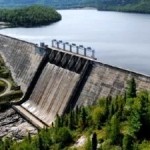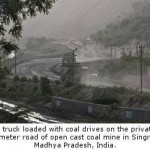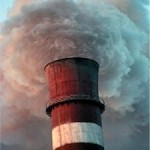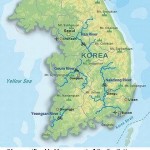The soot-on-snow effect lingers throughout the summer and causes another weather shift in the East Asian Monsoon system over China. By July, much of the plateau’s snow has already melted. The plateau’s bare soil is warmer and further heats the plateau’s air. Coupled with cool ocean air nearby, the plateau’s heat strengthens the East Asian Monsoon. The models showed that rain increases 1 to 3 millimeters per day over southern China and the South China Sea. The strengthened monsoon advances to northern China, which also receives more rain than it would otherwise, while the rains mostly skip central East China, including the Yangtze River Basin.
More work needs to be done to refine these findings; however, Qian and his co-authors noted that existing global climate models don’t allow for the close-up, detailed resolution needed to accurately portray the Tibetan Plateau’s many varying peaks. The model’s coarse resolution likely resulted in the plateaus’ snowpack being overestimated, meaning the researchers’ results represent the maximum amount that soot on snow could potentially impact hydrological and weather systems in the region.
Future research could also factor in dust, which blows throughout Asia with the wind. While soot is believed to have a larger impact on snowmelt than dust per unit mass, the region likely has more total dust than soot. However, dust is more challenging to represent in models, since its sources can’t be as easily measured as the polluting smokestacks and burning fields that cause soot.
“The Tibetan Plateau is an amazing, dynamic place where many things come together to develop large climate systems,” Qian said. “Our research indicates that soot on snow can be a large player in the region’s climate, but it’s not the only factor. Many other elements need to be studies before we can say for sure what is the leading cause of snowmelt – which also contributes to retreating glaciers – on the plateau.”
This research was funded by DOE’s Office of Science.
Check the following link for Full Report:
http://www.atmos-chem-phys.net/11/1929/2011/acp-11-1929-2011.html
About PNNL
Pacific Northwest National Laboratory (PNNL) is a Department of Energy Office of Science national laboratory where inter-disciplinary teams advance science and technology and deliver solutions to America’s most intractable problems in energy, the environment and national security. PNNL employs 4,900 staff, has an annual budget of nearly $ 1.1 billion, and has been managed by Ohio-based Battelle since the lab’s inception in 1965. For more information, visit www.pnl.gov.
Source: PNNL Press Release dated March 3, 2011.














